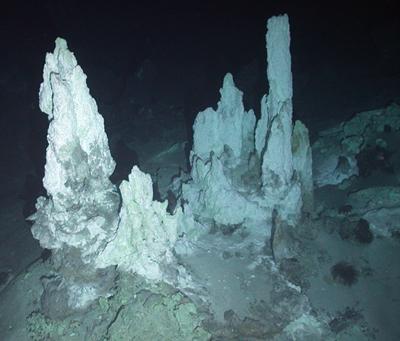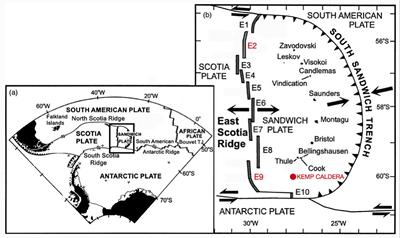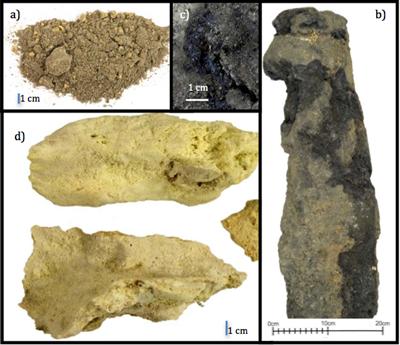Research project: Hydrothermal Vent Geochemistry South of the Antarctic Polar Front
In the last 35 years of hydrothermal exploration ~277 active vent fields have been reported from a range of global tectonic settings. Although Circum-Antarctic ridges represent nearly 40% of the Earth's ~58,000km ridge crest tehy remain severely understudied; only 10 sites of hydrothermal activity are currently known, or inferred to be present at high southern latitudes. In 2010, the JC42 cruise investigated the norternmost and southernmost segments of the East Scotia Ridge (ESR) and collected vent fluid, chimney sulfide deposits and hydrothermally influenced sediment samples.


